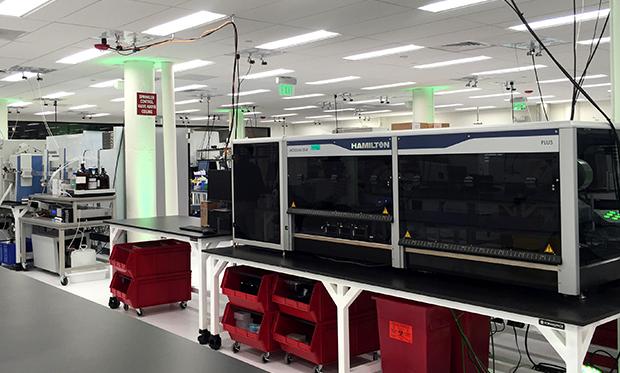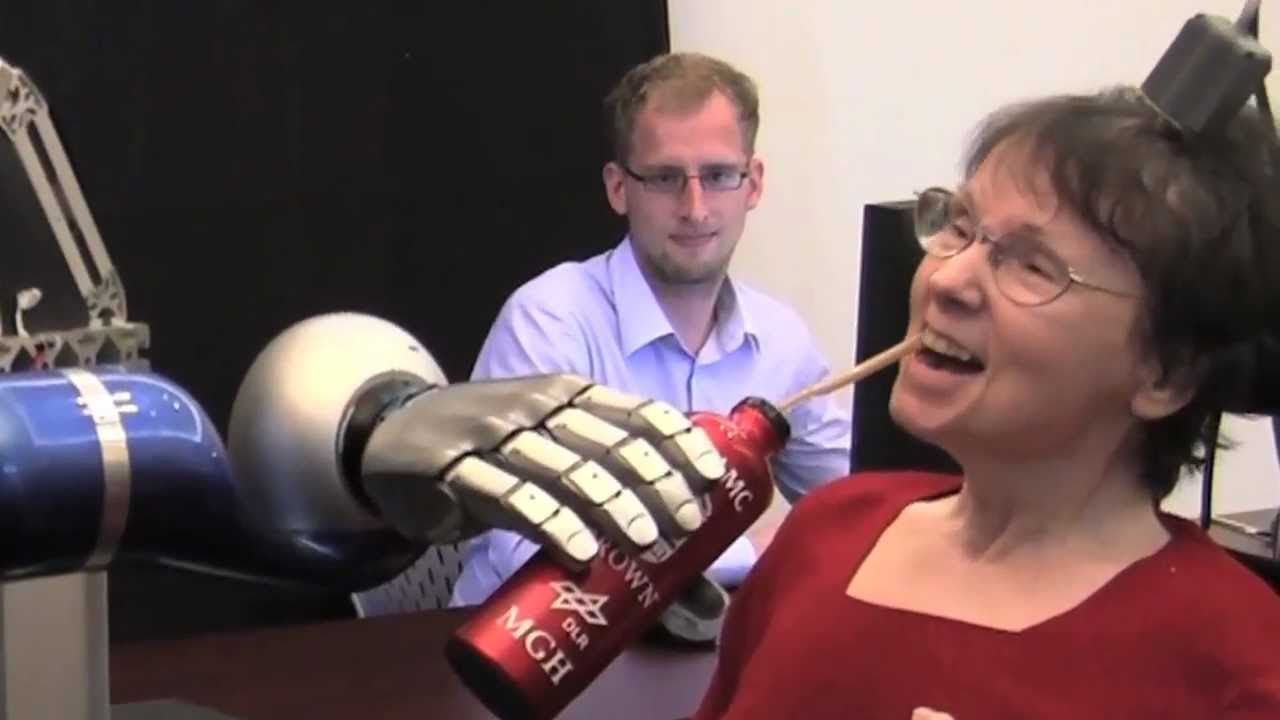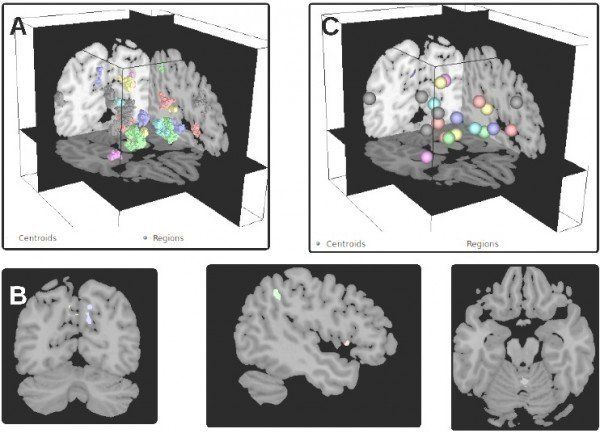Oct 11, 2016
Quantum Information Processing Near Spinning Black Holes
Posted by Karen Hurst in categories: cosmology, quantum physics
Spinning black holes are capable of complex quantum information processes encoded in the X-ray photons.
The black holes sparked the public imagination for almost 100 years. Their presence in the universe has been long debated; however, the detection of X-ray radiation coming from the center of the galaxies, a feature of black holes, has put an end to the discussion and undoubtedly proven their existence.
The vast majority, if not all, of the known black holes were unveiled by detecting the X-ray radiation emitted by the stellar material accreting around them. Accretion disks emit X-ray radiation, light with high energy, due to the extreme gravity in the vicinity of black holes. X-ray photons emitted near rotating black holes not only exposed the existence of these phantom-like astrophysical bodies, but also seem to carry hidden quantum messages.
Continue reading “Quantum Information Processing Near Spinning Black Holes” »


 The Defense Sciences Office at the Defense Advanced Research Projects Agency (DARPA) has awarded Dr. James Caverlee and Dr. Xia “Ben” Hu a Next Generation Social Science (NGS2) grant to complete their collaborative research project, HELIOS, named after the Greek god with the ability to see the invisible.
The Defense Sciences Office at the Defense Advanced Research Projects Agency (DARPA) has awarded Dr. James Caverlee and Dr. Xia “Ben” Hu a Next Generation Social Science (NGS2) grant to complete their collaborative research project, HELIOS, named after the Greek god with the ability to see the invisible.













